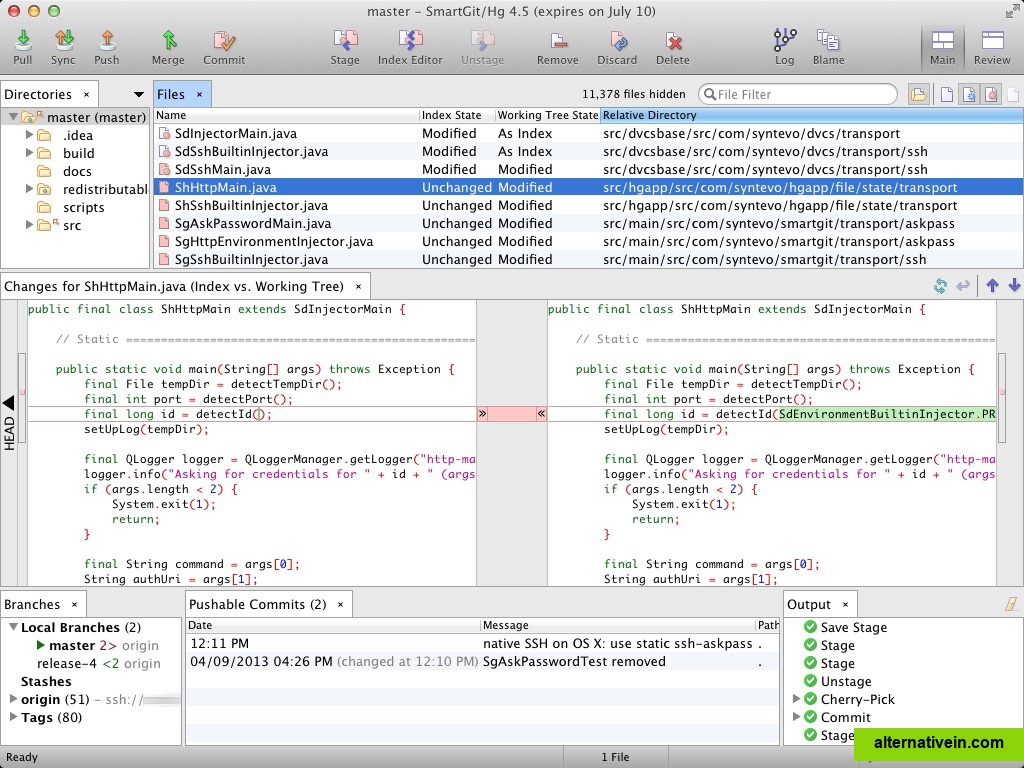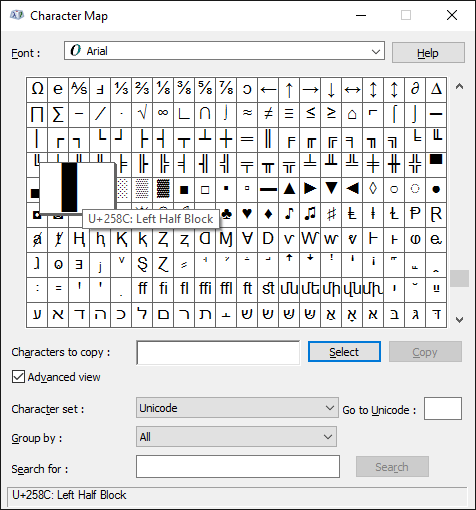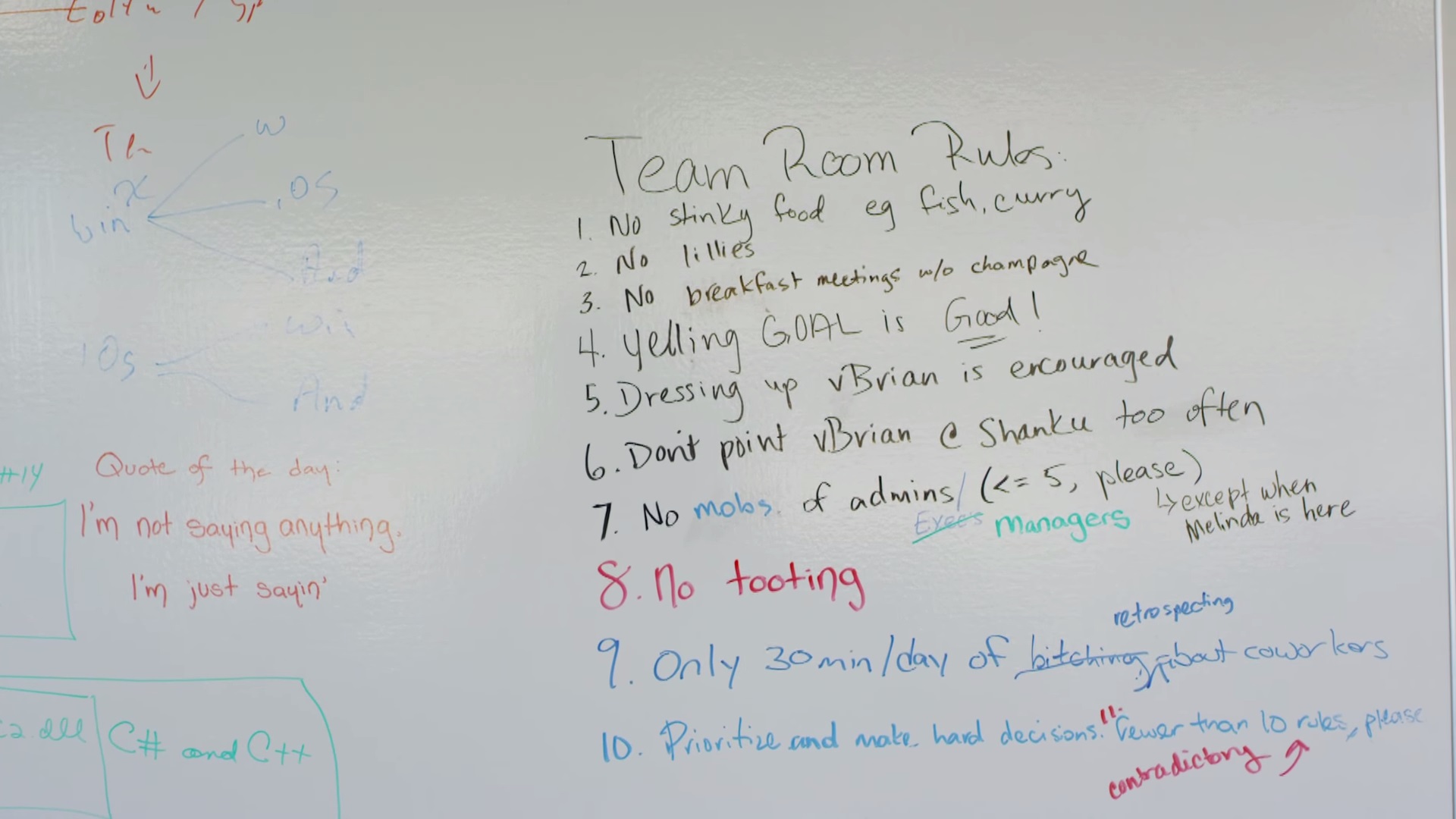

- #SMARTGIT CHAR SPACE RULES SOFTWARE#
- #SMARTGIT CHAR SPACE RULES CODE#
- #SMARTGIT CHAR SPACE RULES WINDOWS#
Suppose you want to produce a list of Tokens from the following input sentence The type identifies the type of Token! For example, keyword, variable, number, etc.The lexeme is a sequence of characters (the actual string contained in the Token).Let’s see what the list of tokens looks like, to better understand a few concepts.Ī list of Tokens is a list of pairs, where each pair is of the form. Strictly speaking, this is all you need to know about the Lexer. What’s that? Let’s take a look.įirst of all, the list of Tokens is the output of the Lexical Analysis module. In the case of the Parser module, it’s expecting a list of Tokens as input.
#SMARTGIT CHAR SPACE RULES SOFTWARE#
Like in any normal software architecture, a module expects some input. Feed Input To The Parserįrom a purely logical point of view, I recommend you to think about the Parser like a large module in your overall project. This is also very useful to clarify the role of the Lexer. The latter point comes thanks to the LL(1) property, and it’s definitely a nice thing to have.īefore to start, I want to clarify what is the input and what the output of the Parser module. This means that the implementation uses recursive functions, and it does not use backtracking. The parser I built is a Top-Down, Leftmost, Recursive Descent Parser for a LL(1) Grammar. I will try to keep it self-contained, even though it goes without saying that you should also read the latter, to have a better understanding of this one. Thus, in this article I will tell you how I implemented a Parser for the Grammar described in the previous article. The reason is the same as the whole objective of this entire course: to practice and understand as many details as possible. Instead, I built them as two separate modules. Often, the Lexer and Parser are implemented at the same time (in the same software module), in particular because many implementation patterns are the same for the two of them.
#SMARTGIT CHAR SPACE RULES CODE#
As we’ve already discussed in depth, front-end compilation is the part of the Compiler that makes sure the source code is well written, both syntactically and semantically. In other words, within a Compiler, the Parser is the element that makes sure the grammatical rules are respected.Īt the organization level, the Parser is the second step in front-end compilation, after Lexical Analysis, but before Semantic Analysis. In one sentence, a Parser is a software that receives a list of Token objects and decide whether such a list fulfills the constraints given by a Formal Grammar. To select what files to see and how they are sorted, use the comboboxes above the Files view.We learned a great deal about Parsing algorithms in previous articles of this course.

The Files lists avoid table headers to save screen space and avoid width configuration. To operate on secondary items, like refs, you can use the context menu. Thus, we have simplified this in the Standard window - toolbar buttons and menu items work on the most important item.
#SMARTGIT CHAR SPACE RULES WINDOWS#
In the Working Tree and Log windows the selected view affects on what Git data a command works (for example, Rename may work on a branch or on a file) this has turned out to be a constant source of confusion. Some toolbar buttons like "Local Files" and "Push" show a number badge to indicate local changes or pushable commits.

The left part of the toolbar is constant for all categories. The Graph display changes for each category and the toolbar shows the most relevant commands for this category. managing my feature branches (My History), checking out other branches or looking for tags (All Branches+Tags), managing stashes (Stashes) or finding old commits (Reflog).

You can use the two leftmost toolbar buttons to switch between the Local Files and Graph user interface (mode).Įach mode is separated into different categories by the left selector.Įach category focuses on different tasks, e.g. When using Git there are two types of workflows: working with local files and working with the commit Graph (history).īoth types require to work with different Git data, need different commands and ideally different user interfaces.


 0 kommentar(er)
0 kommentar(er)
